Creating video content has become essential for communication and marketing, with most businesses now using it as a marketing tool. The truth is: you don't need expensive cameras, lighting, or audio equipment to produce professional content.
Modern smartphones combined with free editing apps put professional-level video production within everyone's reach—even with no specialized equipment.
Why Video Content Matters for Your Business
Video has become consumers' preferred medium for learning about products and services. 73% of consumers prefer short videos over text-based content when learning about products. This makes video an essential marketing component, not an optional extra.
Video builds trust with your audience in ways other media can't match:
- Creates authentic connections
- Showcases your brand's personality
- Demonstrates products in action
- Shares customer stories firsthand
Different platforms offer unique advantages:
- YouTube: As the second-largest search engine, it provides incredible reach for longer, detailed content.
- Social Media: Platforms like Instagram, TikTok, and Facebook excel at short, attention-grabbing videos.
- Your Website: Embedding videos on landing pages increases conversion rates and reduces bounce rates.
- Shoppable Video: Transform passive viewers into active shoppers with interactive video experiences.
By focusing on authenticity, clear messaging, and creative presentation, you can develop video content that resonates with your audience and drives meaningful business results—regardless of budget or technical expertise.
Smart Planning: How to Create Video Content With No Equipment
Creating impressive video content doesn't require expensive gear. The secret to producing effective videos with minimal equipment starts with smart planning. Before hitting record on your smartphone, a well-thought-out strategy sets you up for success.
Know Your Audience and Goals
Before creating equipment-free videos, identify:
- Who is my target audience?
- What problems can I solve for them?
- What action do I want viewers to take after watching?
- What format will best deliver my message?
This clarity helps you focus on what matters most, making technical limitations less important than your message.
Create a Sustainable Content Calendar
Develop a content calendar that works with your equipment limitations:
- Batch similar video types on the same day
- Plan content around available natural lighting
- Schedule simpler videos when you have less time or resources
- Leave buffer days for editing and unexpected delays
A sustainable schedule prevents burnout and maintains consistent quality even when resources are limited.
Develop Visual Consistency Without Fancy Production
Create a recognizable visual style without expensive gear:
- Choose a consistent filming location with good natural light
- Use the same simple background for related content
- Develop a color palette that aligns with your brand
- Create simple intro and outro templates you can reuse
- Establish consistent on-screen text formatting
These elements create visual cohesion across your content without requiring special equipment.
Smartphone Mastery: How to Create Video Content With No Equipment
The smartphone in your pocket is a powerful filmmaking tool that can produce stunning video content when used correctly. With the right settings and techniques, you can create professional-quality videos without investing in expensive equipment.
Optimizing Your Smartphone for Video
To get the most out of your smartphone camera, optimize these key settings:
Resolution and Frame Rate: Set your resolution to 4K for maximum quality, or 1080p HD if storage is limited. For frame rate, use 24 fps for a cinematic look, 30 fps for standard video, or 60 fps if you plan to slow down footage.
Exposure and Focus: Lock your exposure and focus by tapping on your main subject before recording. In manual mode, set your shutter speed to double your frame rate for natural motion blur, and keep your ISO as low as possible (100-400) to minimize noise.
White Balance: Set a custom white balance or use presets to ensure accurate colors. Auto white balance works well on newer phones but can shift unexpectedly during recording.
Image Stabilization: Enable electronic image stabilization (EIS) or optical image stabilization (OIS) in your camera settings. Some phones offer enhanced modes like "Super Steady" which can significantly reduce shake.
Additional Settings: Use grid lines to help with composition and keep horizons level. If available, enable HDR video for better dynamic range in high-contrast scenes.
Creative Filming Techniques Without Additional Equipment
With your settings optimized, employ these techniques to dramatically improve your footage:
Stabilization Techniques:
- Hold your phone with both hands, keeping your elbows close to your body
- When walking, use a heel-to-toe motion and bend your knees slightly
- For static shots, rest your phone against stable objects when possible
- Make all camera movements slow and deliberate for smoother results
Lighting for Success:
- Position yourself so the light source is behind you, illuminating your subject
- Avoid harsh midday sun; instead, shoot during golden hour
- When filming indoors, position subjects near windows
- Use a piece of white paper as a makeshift reflector to bounce light
Composition and Framing:
- Follow the rule of thirds by placing key elements along the grid lines
- Shoot in landscape orientation for a more professional look
- Mix up your shot types—include wide, medium, and close-ups
- Leave appropriate headroom above subjects and "look space"
Audio Improvements:
- Get as close to your subject as possible for clearer audio
- Choose quiet locations and be aware of background noise
- Cup your hand around the microphone to improve directionality
- Use your phone's earbuds as a makeshift lavalier microphone
By mastering these smartphone video techniques, you'll create impressive content that rivals footage shot on much more expensive equipment. The key is understanding your device's capabilities and applying these fundamental principles consistently.
Free Editing Software: Post-Production Made Simple
Today's free editing tools offer impressive capabilities that can transform raw footage into polished, professional-looking videos without expensive software.
Top Free Editing Software Options
DaVinci Resolve 19 stands out as the most powerful free option available. It offers professional-grade tools that rival paid software like Adobe Premiere Pro, supporting footage up to 4K resolution in the free version. With powerful color grading tools, VFX capabilities, and audio editing features, it's remarkably comprehensive. While it has a steeper learning curve than some alternatives, the professional-level results make it worth the effort.
OpenShot is excellent if you're looking for simplicity. This open-source, cross-platform editor supports many video, audio, and image formats while offering basic effects and transitions. Its user-friendly interface makes it accessible for beginners, and it's available for Windows, Mac, and Linux.
Shotcut provides a good balance of features and ease of use. This popular open-source editor includes multi-track editing, support for a wide range of formats, and built-in screen recording. While its interface can initially feel overwhelming, it offers a customizable experience with no watermarks or restrictions on exports.
For mobile editing, CapCut has become extremely popular for creating social media content. It offers AI-powered tools for quick edits, a large library of effects and transitions, and multi-track editing capabilities. It's particularly well-suited for creating short-form content and is available on both mobile and desktop platforms.
Essential Editing Techniques for Beginners
When starting out, focus on mastering these fundamental editing techniques:
- Trimming clips — Remove unnecessary portions of your footage for tighter, more engaging content.
- Adding transitions — Simple transitions like cross-dissolves can make your video flow more smoothly between scenes.
- Color correction — Basic adjustments to brightness, contrast, and saturation can dramatically improve your video's appearance.
- Text overlays — Adding titles, captions, or text elements helps reinforce your message and make your content more accessible.
- Audio adjustments — Balancing audio levels and reducing background noise ensures your message comes through clearly.
Many successful content creators started with free editing software before upgrading to professional tools. This shows that compelling content and good editing techniques matter more than expensive software.
Time-Saving Editing Workflows
Developing consistent workflows will help you maintain regular production schedules:
- Organize your footage before you start editing
- Use keyboard shortcuts to speed up common tasks
- Create templates for recurring elements like intros, outros, and lower thirds
- Set up project presets with your preferred aspect ratios and export settings
- Edit in stages: first assemble your basic sequence, then refine with transitions and effects
Remember that editing skills develop with practice. Start with simple projects and gradually incorporate more advanced techniques as you become comfortable with your chosen software. The quality of your editing will improve over time, regardless of which free tool you choose.
Distribution Strategies: Getting Eyes on Your Content
Creating great video is only half the battle—you also need to ensure people actually see it. Without expensive promotional budgets, you'll need to be strategic about how you distribute and optimize your videos.
Platform-Specific Optimization
Each social platform has unique requirements and audience expectations:
- Instagram: Square (1:1) for feed posts, vertical (9:16) for Reels and Stories. Keep Reels under 90 seconds and focus on visually engaging content with quick hooks.
- TikTok: Vertical format (9:16) is standard. Videos can be up to 10 minutes, but shorter content (15-60 seconds) typically performs better. Trending sounds and effects boost discovery.
- YouTube: Horizontal (16:9) is preferred. Longer content works well here (8-15 minutes for most topics). Focus on searchable content and thumbnail quality.
- LinkedIn: Square (1:1) or horizontal (16:9) work well. Professional content around 1-3 minutes performs best.
- One-to-One Virtual Shopping: Create personalized video experiences that connect directly with customers.
Repurposing Techniques
Don't create content just once—repurpose it to maximize value:
- Extract 30-60 second highlights from longer videos for TikTok and Reels
- Create quote graphics from key points for Instagram and LinkedIn
- Turn video content into blog posts or podcast episodes
- Compile short videos into themed compilations for YouTube
- Convert tutorial videos into step-by-step carousels for LinkedIn
This approach lets you create one piece of quality content and transform it into multiple assets tailored to each platform.
SEO Basics for Video Discovery
Help viewers find your content through strategic optimization:
- Research keywords related to your topic
- Include primary keywords in your title, description, and tags
- Create descriptive, searchable titles that communicate clear value
- Write detailed descriptions that include relevant keywords naturally
- Use custom thumbnails with clear text and compelling imagery
- Add closed captions to improve accessibility and searchability
Free Promotion Tactics
Amplify your reach without spending money:
- Cross-promotion: Share your video across all your social channels, email lists, and communities
- Community engagement: Share content in relevant online groups, forums, and communities (but always follow community rules)
- Strategic timing: Post when your audience is most active (check your analytics for platform-specific insights)
- Collaboration: Partner with other creators for shared audiences
- Commenting strategy: Engage actively on similar content to increase your visibility
- Call to action: Always include clear requests for subscribers, shares, or comments
Remember that consistency is key. Build a sustainable distribution schedule that allows you to maintain quality while reaching your audience where they already spend time online.
AI-Powered Video Creation
AI video generation has revolutionized content creation by removing the need for cameras, lighting, or other traditional filming equipment. These powerful tools allow anyone to create professional-looking videos with just a computer and internet connection.
Getting Started with AI Video Generation
Creating videos with AI is surprisingly straightforward:
- Select an AI video platform
- Choose a template or start from scratch
- Input your script or talking points
- Select an AI avatar or generate visuals based on your descriptions
- Edit and refine the generated content
- Export your completed video
The process typically takes minutes rather than the hours or days required for traditional video production.
When to Use AI-Generated Videos
AI video generation works particularly well for certain content types:
- Explainer videos that break down complex concepts
- Product demonstrations that showcase features and benefits
- Training videos that teach specific skills or processes
- Localization of existing content into multiple languages
- Quick social media content that needs rapid turnaround
Meet AVA, an AI video assistant that can help you create professional-quality videos in minutes without any equipment.
Ethical Considerations
While AI video tools offer impressive capabilities, they also raise important ethical considerations:
- Always disclose when content is AI-generated to maintain transparency
- Be cautious about creating deepfakes or misrepresenting real people
- Respect copyright and intellectual property when using AI to generate content
- Consider the biases that might be present in AI systems
- Use AI to augment your creativity rather than replace authentic human connection
Maintaining Authenticity
Even with AI-generated videos, maintaining authenticity is crucial:
- Use your own brand voice and messaging in scripts
- Customize AI avatars to match your brand aesthetic
- Combine AI elements with authentic components like your own voiceover
- Focus on providing genuine value to your audience
- Test AI-generated content with your audience to ensure it resonates
When used thoughtfully, AI video generation tools can dramatically expand your content creation capabilities without requiring expensive equipment or technical expertise.
Measuring Success and Improving Over Time
Creating videos is just the first step—understanding how they perform helps you refine your approach and create better content over time. Here are the key metrics to track and how to use them to improve your future videos.
Key Metrics to Track
- View Count — While this is the most basic metric, it gives you a general sense of your content's reach and popularity.
- Watch Time — This measures the total time viewers spend watching your video, indicating how engaging your content is. Platforms like YouTube prioritize videos with higher watch times in their algorithms.
- Audience Retention — This shows what percentage of your video people watch before dropping off. It helps identify which parts of your video are engaging and where viewers lose interest.
- Engagement Rate — This includes likes, comments, shares, and other interactions. High engagement suggests your content resonates with your audience.
- Conversion Rate — If your video has a call-to-action, track how many viewers take the desired action, such as signing up for a newsletter or making a purchase.
Free Analytics Tools
Most platforms offer robust analytics tools that provide valuable insights:
- YouTube Analytics provides comprehensive data on views, watch time, audience demographics, and retention. The audience retention graph is particularly useful for identifying exactly where viewers drop off.
- Facebook Insights gives you data on views, engagement, and audience retention for any videos posted on your page.
- Instagram Insights offers metrics on reach, engagement, and audience demographics for videos posted to your feed or stories.
- TikTok Analytics shows performance data including video views, engagement, and trending sounds to help optimize your short-form content.
- Firework Analytics provides detailed metrics on interactive video performance.
Using Data to Improve Your Videos
Once you have these insights, here's how to apply them to make better videos:
- Identify high-performing topics — Look for patterns in which topics generate the most views and engagement, then create more content on those subjects.
- Optimize video length — If viewers consistently drop off after a certain point, consider making future videos shorter or restructuring how you present information.
- Improve audience retention — Study your retention graphs to see which segments of your videos perform best. Use these insights to structure future videos, placing key information at strategic points.
- Test different formats — Try various approaches like tutorials, interviews, or demonstrations to see which formats your audience prefers.
- A/B test thumbnails and titles — Create different thumbnails or titles for similar videos to see which ones drive more clicks. Most platforms allow you to change thumbnails after publishing, making this easy to test.
By regularly analyzing these metrics and applying what you learn, you'll develop a better understanding of what works for your specific audience. This data-driven approach ensures that each video you create has a better chance of success than the last—even without fancy equipment.
Common Challenges and Solutions
Creating video content without equipment doesn't mean you won't face obstacles. Here are four common challenges and practical solutions to help you overcome them:
Lighting Issues
Poor lighting can instantly make your video look unprofessional. You can achieve great lighting without expensive equipment:
- Position yourself facing a window to use natural light as your main light source
- Shoot during the "golden hour" (shortly after sunrise or before sunset) for naturally flattering lighting
- Avoid harsh overhead lighting that creates unflattering shadows
- Use a white piece of paper or cardboard to bounce light onto your face and reduce shadows
The best light is often the one that's freely available to you—you just need to know how to use it effectively.
Audio Quality Problems
Poor audio quality is more distracting to viewers than lower video quality. Here's how to improve your audio:
- Record in a quiet location away from background noise
- Get as close to your smartphone's microphone as possible for clearer audio
- Cup your hand around the microphone to improve directionality
- Use your phone's earbuds as a makeshift lavalier microphone
- Record in smaller rooms with soft furnishings to reduce echo
Time Constraints
Creating video content can be time-consuming, especially for busy professionals or entrepreneurs. Try these approaches:
- Batch record multiple videos in a single session when you're prepared and looking your best
- Opt for simpler video formats that require less editing (like talking head videos)
- Create shorter content—2-5 minute videos are often more engaging anyway
- Develop a simple template for your videos to streamline the production process
- Focus on one type of content until you've mastered an efficient workflow
Camera Confidence
Many people feel uncomfortable on camera, which can make filming feel daunting. Here's how to build your confidence:
- Practice speaking on camera regularly—even if you don't publish the footage
- Script your key points but avoid reading word-for-word, which can sound unnatural
- Start with audio-only content or screen recordings to get comfortable with your voice
- Record short clips rather than trying to do everything in one take
- Remember that confidence comes with practice—most successful creators felt awkward at first
By addressing these common challenges with practical solutions, you can create effective video content without specialized equipment. Remember that consistency often matters more than perfection when building an audience.
Ready to take your video marketing to the next level?
Firework offers innovative solutions to elevate your video strategy with shoppable videos, virtual shopping experiences, and AI-powered content creation. From creating engaging content with no equipment to implementing advanced video commerce solutions, we can help you connect with your audience more effectively.
Get started with Firework today and transform your video marketing strategy without expensive equipment or technical expertise.
Don't wait for perfect conditions or equipment—the best time to start creating video content is today.
Unlock Exclusive Insights
By submitting this form, you agree to Firework's privacy policy and consent to receive personalized marketing communications. You can unsubscribe at any time.
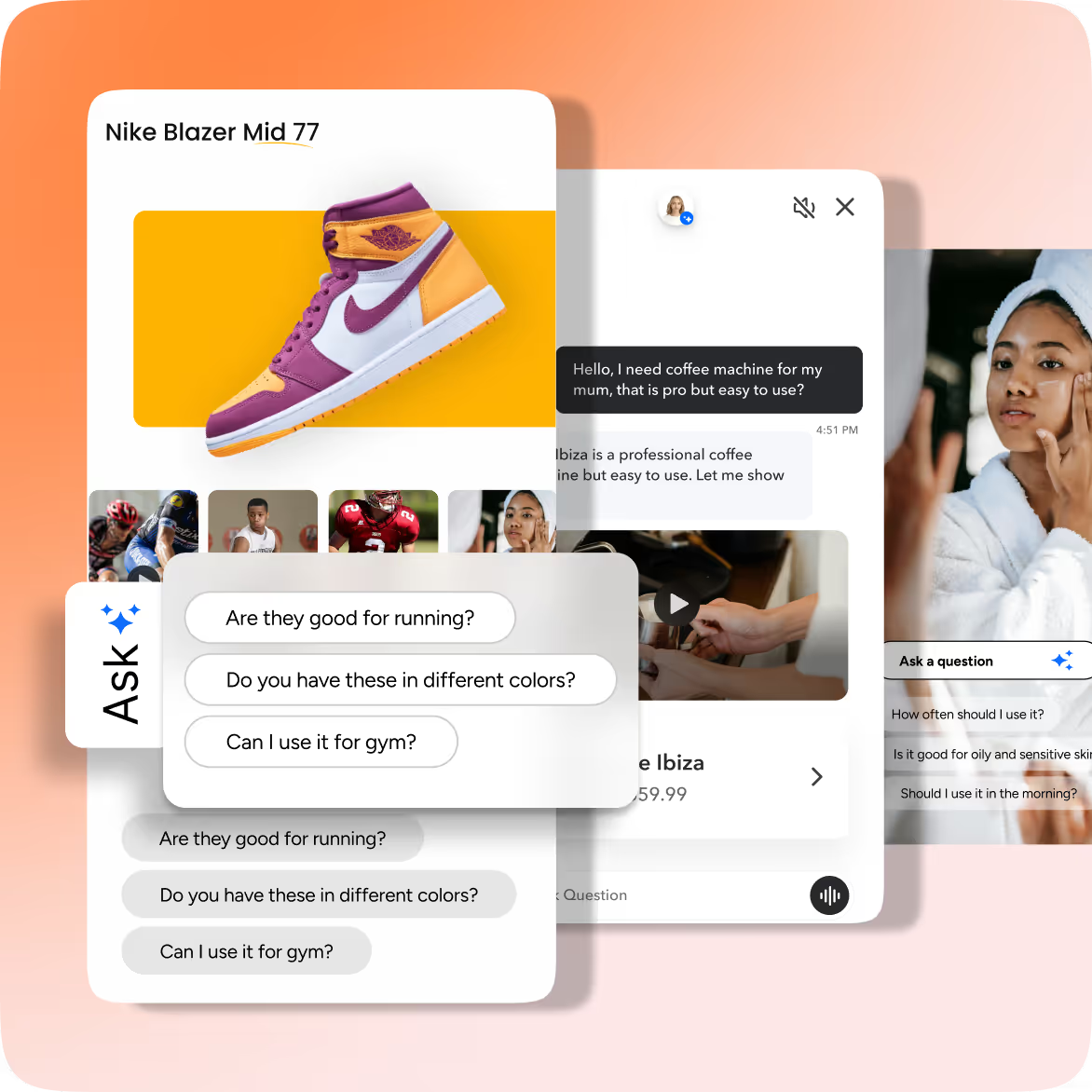
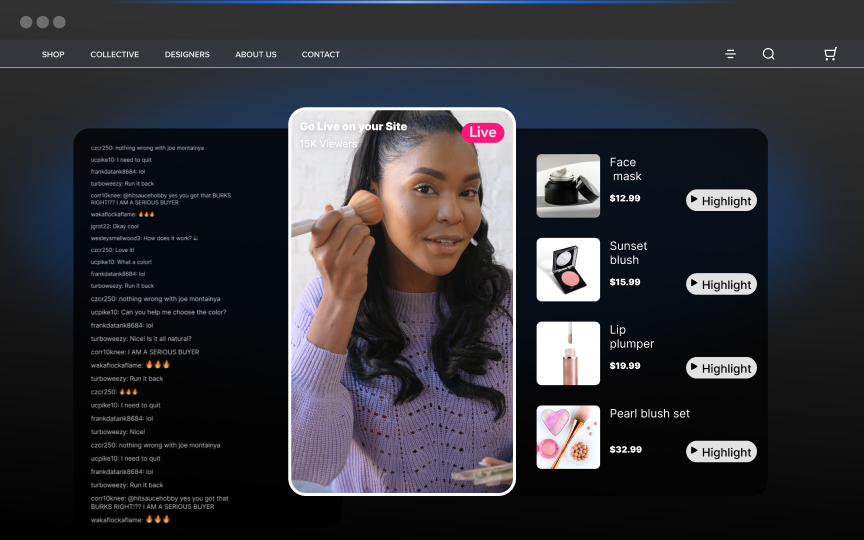
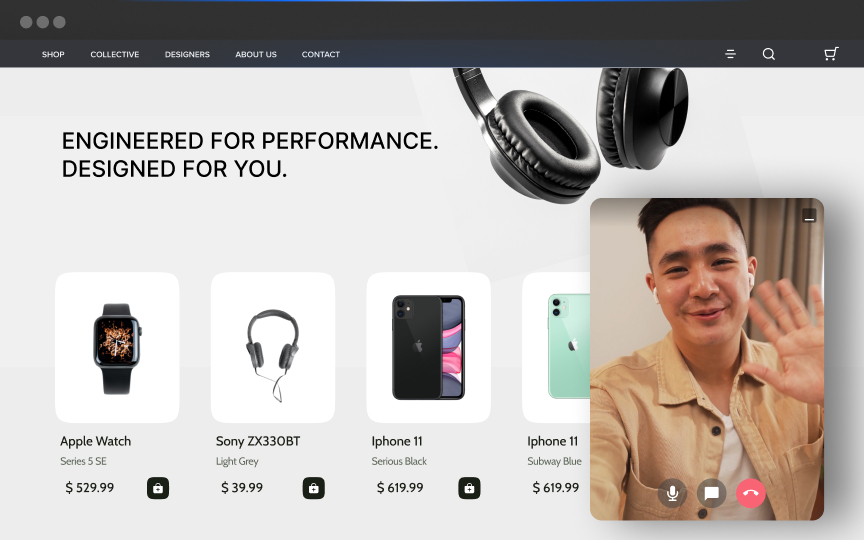


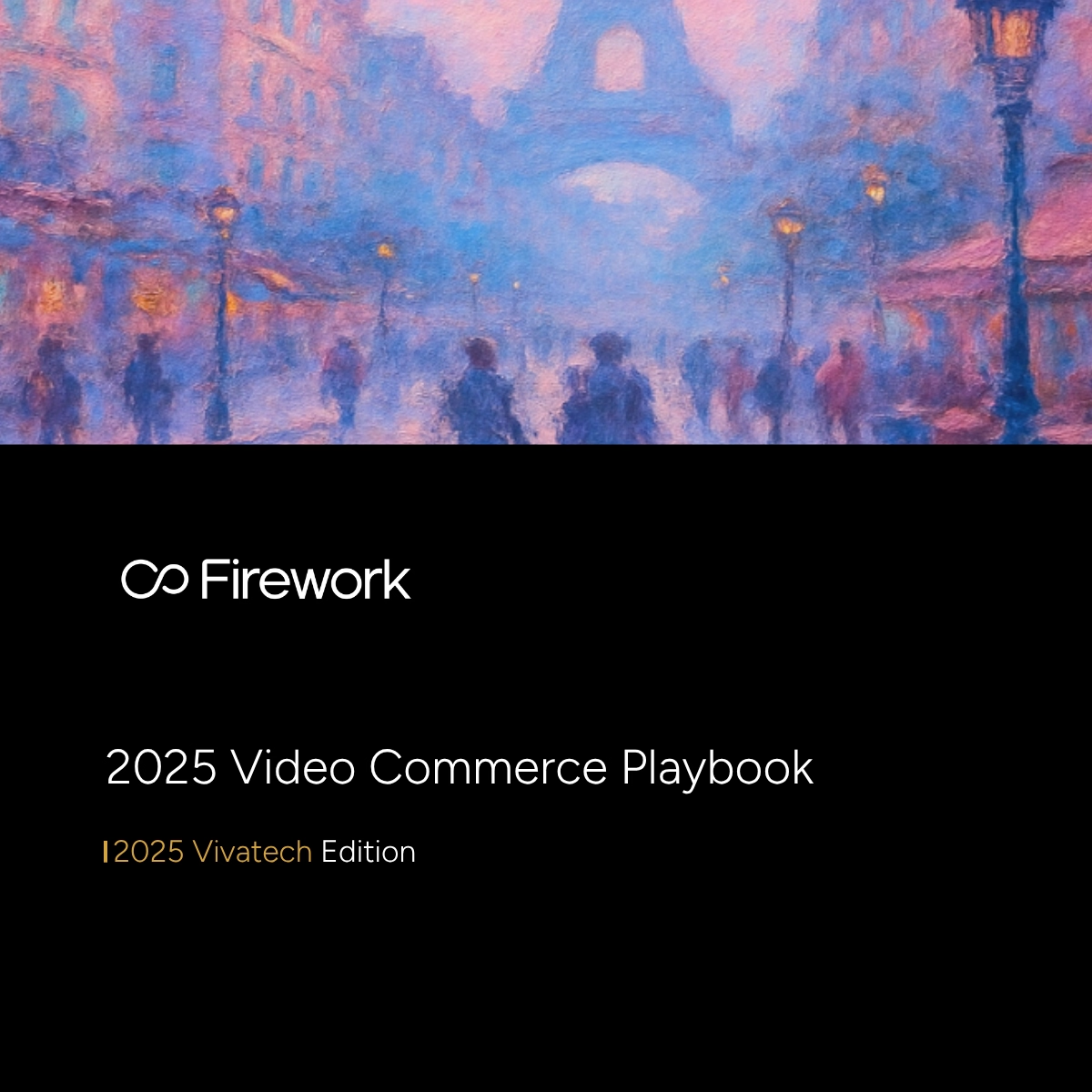









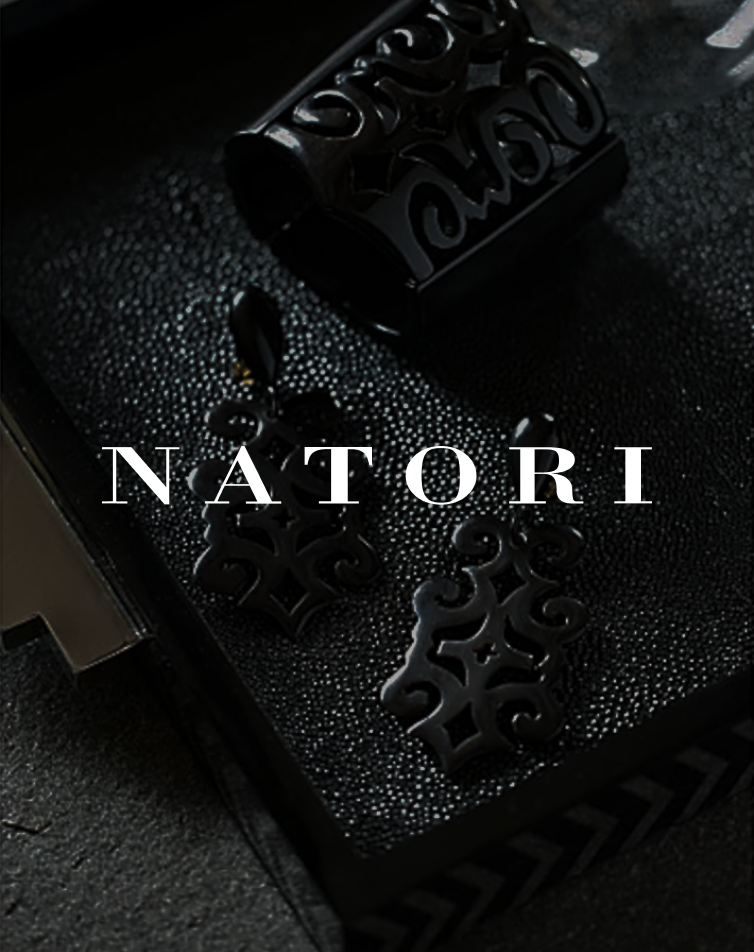









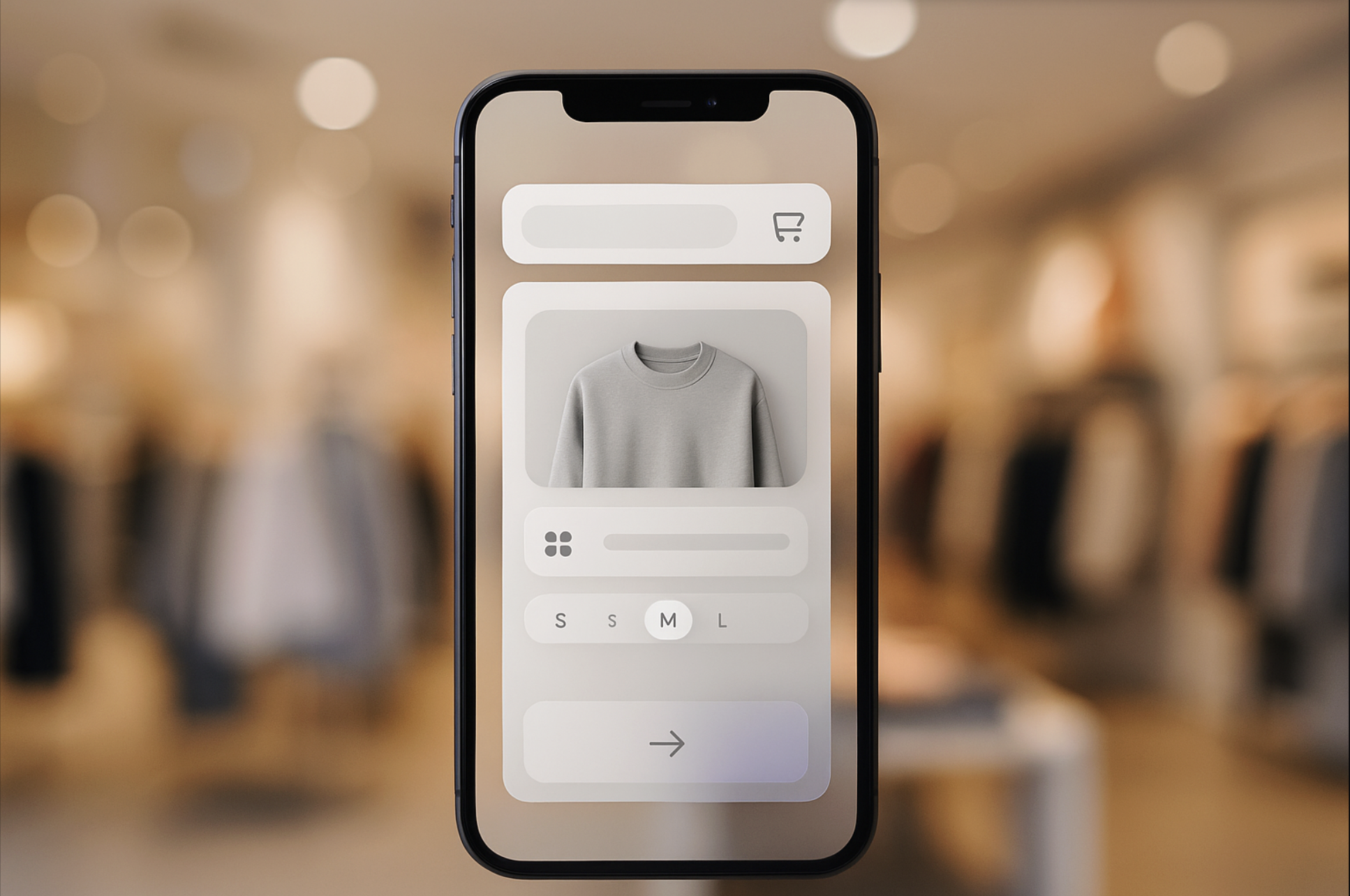



.jpg)
